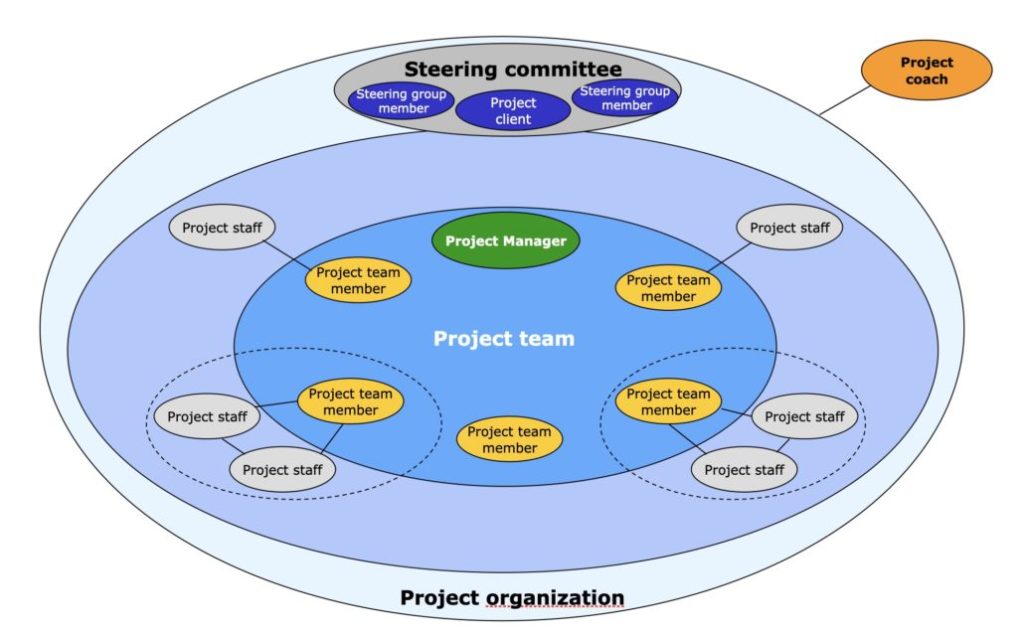The top management of the owner sets the overall policy and selects the appropriate organization to take charge of a proposed project. Its policy will dictate how the project life cycle is divided among organizations and which professionals should be engaged. Decisions by the top management of the owner will also influence the organization to be adopted for project management. In general, there are many ways to decompose a project into stages. The most typical ways are:
· Sequential processing whereby the project is divided into separate stages and each stage is carried out successively in sequence.
· Parallel processing whereby the project is divided into independent parts such that all stages are carried out simultaneously.
· Staggered processing whereby the stages may be overlapping, such as the use of phased design-construct procedures for fast track operation.
It should be pointed out that some decompositions may work out better than others, depending on the circumstances. In any case, the prevalence of decomposition makes the subsequent integration particularly important. The critical issues involved in organization for project management are:
· How many organizations are involved?
· What are the relationships among the organizations?
· When are the various organizations brought into the project?
There are two basic approaches to organize for project implementation, even though many variations may exist as a result of different contractual relationships adopted by the owner and builder. These basic approaches are divided along the following lines:
1. Separation of organizations. Numerous organizations serve as consultants or contractors to the owner, with different organizations handling design and construction functions. Typical examples which involve different degrees of separation are:
· Traditional sequence of design and construction
· Professional construction management
2. Integration of organizations. A single or joint venture consisting of a number of organizations with a single command undertakes both design and construction functions. Two extremes may be cited as examples:
· Owner-builder operation in which all work will be handled in house by force account.
· Turnkey operation in which all work is contracted to a vendor which is responsible for delivering the completed project
Since construction projects may be managed by a spectrum of participants in a variety of combinations, the organization for the management of such projects may vary from case to case. On one extreme, each project may be staffed by existing personnel in the functional divisions of the organization on an ad-hoc basis as shown in Figure 2-4 until the project is completed. This arrangement is referred to as the matrix organization as each project manager must negotiate all resources for the project from the existing organizational framework. On the other hand, the organization may consist of a small central functional staff for the exclusive purpose of supporting various projects, each of which has its functional divisions as shown in Figure 4-5. This decentralized set-up is referred to as the project oriented organization as each project manager has autonomy in managing the project. There are many variations of management style between these two extremes, depending on the objectives of the organization and the nature of the construction project. For example, a large chemical company with in-house staff for planning, design and construction of facilities for new product lines will naturally adopt the matrix organization. On the other hand, a construction company whose existence depends entirely on the management of certain types of construction projects may find the project-oriented organization particularly attractive. While organizations may differ, the same basic principles of management structure are applicable to most situations.


To illustrate various types of organizations for project management, we shall consider two examples, the first one representing an owner organization while the second one representing the organization of a construction management consultant under the direct supervision of the owner.



Comments are closed